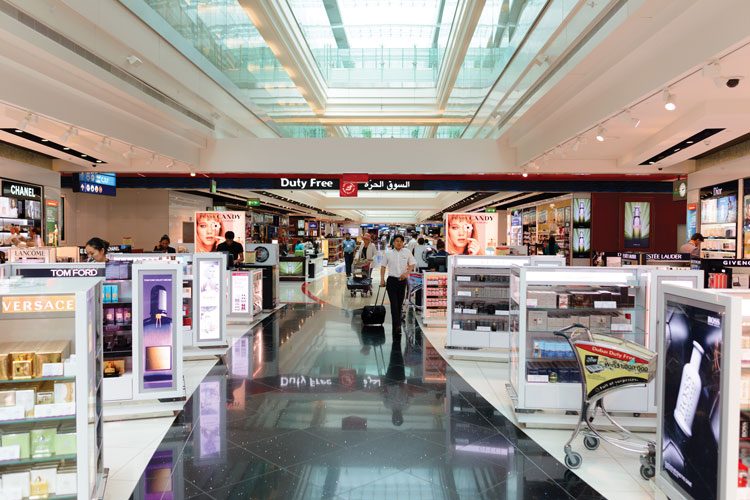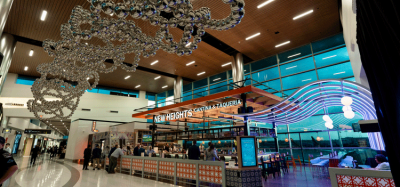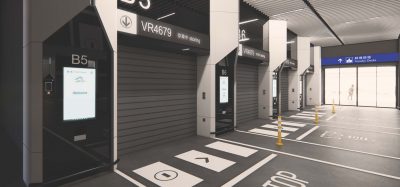Seven things to look out for in airline retailing in 2019
- Like
- Digg
- Del
- Tumblr
- VKontakte
- Buffer
- Love This
- Odnoklassniki
- Meneame
- Blogger
- Amazon
- Yahoo Mail
- Gmail
- AOL
- Newsvine
- HackerNews
- Evernote
- MySpace
- Mail.ru
- Viadeo
- Line
- Comments
- Yummly
- SMS
- Viber
- Telegram
- Subscribe
- Skype
- Facebook Messenger
- Kakao
- LiveJournal
- Yammer
- Edgar
- Fintel
- Mix
- Instapaper
- Copy Link
Posted: 2 January 2019 | International Airport Review | No comments yet
As 2019 kicks off we provide a glimpse of what airline retailing might look like this year, with the seven key things to look out for.


The main retailing trends that the industry can expect were discussed at length at IATA’s Airline Industry Retailing Symposium. These centred around the drive that will come from the digital innovation that we have all witnessed over the last few years. It was suggested that there will be more ‘intelligent’ ways that airlines will interact with passengers, airports and other end-users. Moreover, there will be a simplification of these processes as new technologies are used.
The conference revealed seven ways that aviation retail is likely to change and how the airport industry can adapt to these changes in 2019.
The ‘Netflix’ experience
For people who use airports regularly, retailers are developing methods to make shopping at the airport a more personal experience. Using the ‘Netflix model’ this might mean a ‘last time you liked this, why not try this…’ message. This applies not only to retail but also destinations, airlines, seat selection, etc. – the possibilities are endless.
Packaging experiences
Packaging similar experiences is a good source of additional revenue for airlines and taps into the passenger experience. Finnair, for example, offers passengers the chance to book a husky experience whilst booking a trip to Finland. This move of air retailing beyond flights raises passengers expectations, and thus enhances the service they receive.
Instant payment
Simplifying banking, and the way payments are processed, will make booking travels quicker and easier. With the development of contactless payment, Uber payments could be seen in the aviation scene before long. The move towards a seamless payment system, with passenger experience at its heart, would boost satisfaction rates.
Voice assistants
Think the Alexa of the airport – the use of virtual assistants to check flight status, add items to shopping lists and even set reminders of when passengers need to be at their departure gates, can really enhance an airport experience.
Chatbots
Artificial intelligence is coming on leaps and bounds, and with this development in technology, there comes a need for it. With chatbots such as Munich Airport’s Josie Pepper – who can find flight details, delays, and other important information – real-time updates for passengers are becoming integral to their journeys. The bots can even inform passengers of the wait time at security, distance to boarding gate and whether the flight is on time, to name but a few examples.
Blockchain
As the infrastructure for the implementation of blockchain becomes more common in airports, the use of the cryptographic technology will also start to become the norm. This technology is the most trusted, as it contains a time stamp and transaction data that cannot be changed. But can airports afford this mass investment while still cutting costs?
Access to data
Over the last two years we have acquired 97 per cent of all the data we currently have access to. As you can see from our above list, everything we have to look forward to is dependent upon data. APIs will allow access to relevant air travel data such as flight information, offers and orders, be that through apps, chatbots or another way.
Related topics
Contactless / Touchless technology, Non-aeronautical revenue, Retail


















